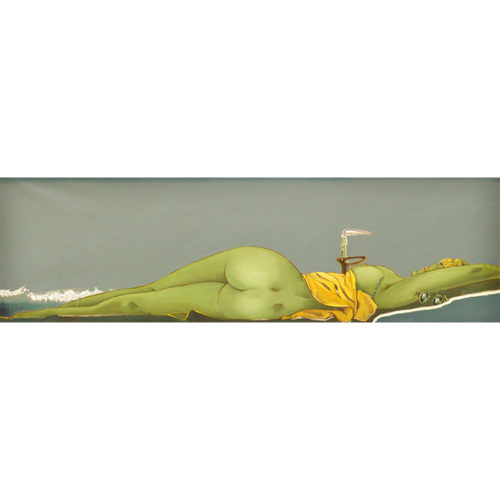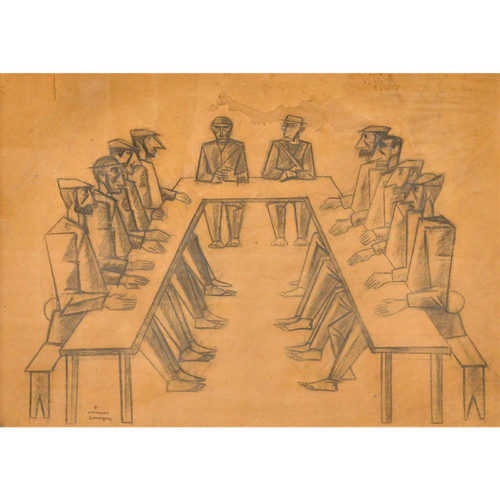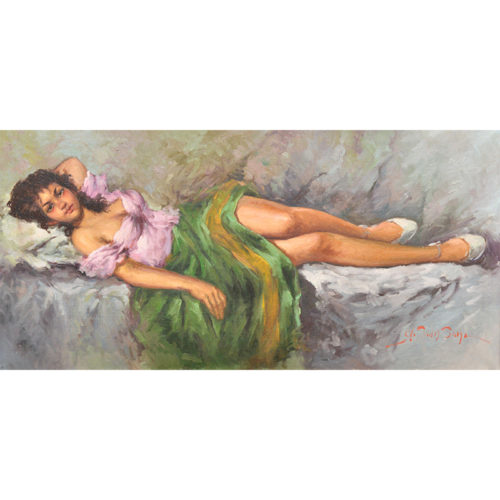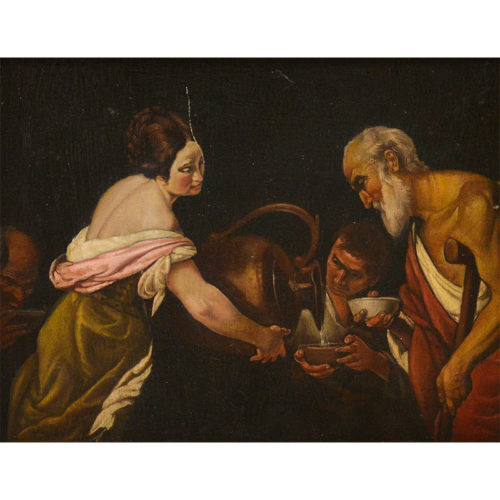“The black and white cat” – Oil on tablet by Lorenzo Delleani dated 11.9.82
DELLEANI LORENZO. Born in Pollone (Biella) on January 17, 1840, died in Turin on November 13, 1908. He studied at the Accademia Albertina, a pupil of Gamba for drawing, then of Carlo Arienti and Andrea Gastaldi, graduating in 1862 when he had already made his debut at the Promoter of Fine Arts in 1855 and established itself there in 1860 with an episode of the siege of Ancona. According to the romantic interests of his time, he initially dedicated himself to historical re-enactment painting, to arrive at more spontaneous research on the truth with interior studies, environment and views of Genoa, Venice and the surroundings of Turin, as well as Pollone and Paris. At the Turin national exhibition in 1880 the Ministry of Grace and Justice bought him the vast canvas Caterina Grimani Dogaressa, while critics showed a preference for “In the garden”. The following year, in Milan, alongside Sebastiano Veniero who presents the prisoners of Lepanto, he exhibited Quies, which earned him numerous acclaim, such as to induce him to abandon historical subjects to devote himself to the landscape, establishing himself for its genuineness and brightness. In addition to the large canvases destined for the numerous national and international exhibitions, in which he participated in Italy and abroad, Delleani linked his name to a vast pictorial production made almost exclusively on small panels, “among the most convincing things of Italian landscape ‘age’ (Lavagnino). Among his disciples we remember: Giuseppe Bozzalla, Sofia di Bricherasio, Giuseppe Buscaglione, Luigi Cantò, Giuseppe A. Levis, Angela Meucci, Camilla Bergonzio, Emilia Ferrettini Rossotti, Enrico Reycend. Delleani was in Paris and Bern in 1878, in Holland in 1883, Switzerland in 1892, but for his paintings he aimed above all at the motifs that nature and the environment could suggest to him during his periodic stays in the Biellese, in Venice, in Rome, on the Riviera , in Monferrato.
Period: 11 September 1882
Measurements: In frame H 44.5 x W 55 cm / Tablet H 26 x W 37 cm












